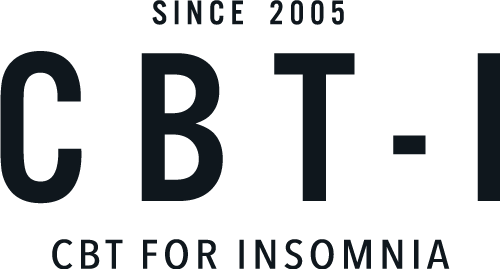Risk/Benefit Analysis of Five Classes of Sleep Medications
A study published in the Journal of Sleep Research examined the safety and efficacy (e.g., risk–benefit ratio) for five classes of prescription hypnotic medications approved by the FDA for insomnia. The five classes were benzodiazepine receptor agonists (e.g., temazepam), non-benzodiazepine benzodiazepine receptor agonists (e.g., zolpidem), orexin antagonists (e.g., lemborexant), melatonin receptor agonists (e.g., ramelteon), and histamine antagonists (e.g., low-dose doxepin).
Adverse event data was derived from the most recent FDA-approved package inserts. Efficacy data was derived from randomized clinical trials and included a total sleep improvement score for subjective sleep latency, wake time after sleep onset and total sleep time.
For safety, it was found that melatonin receptor agonists such as ramelteon had the lowest adverse event rate and non-benzodiazepine receptor agonists such as zolpidem had the highest rate. For efficacy, it was found that improvements in sleep were largest for benzodiazepines such as temazepam and smallest for melatonin receptor agonists. For overall risk–benefit profiles, histamine antagonists such as doxepin had the most favorable profile, while melatonin receptor agonists had the least favorable profile.
In summary, the present study found that the most effective hypnotics also had the greatest risks/side effects, while the least effective hypnotics had the fewest risks/side effect. Overall, low-dose doxepin was the best pharmacological option for insomnia, although this finding may be limited to sleep maintenance insomnia and may be particularly true for older adults.
